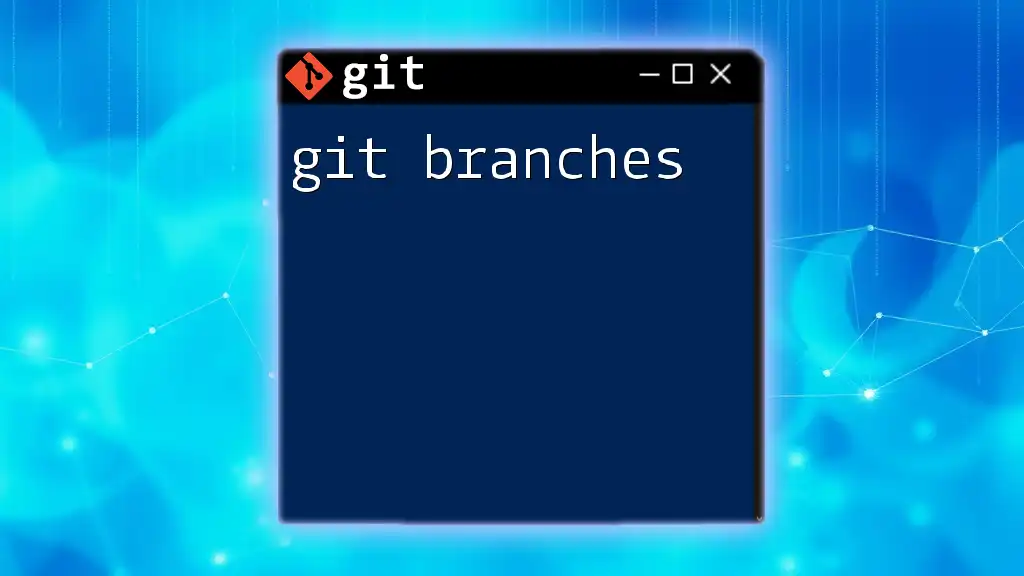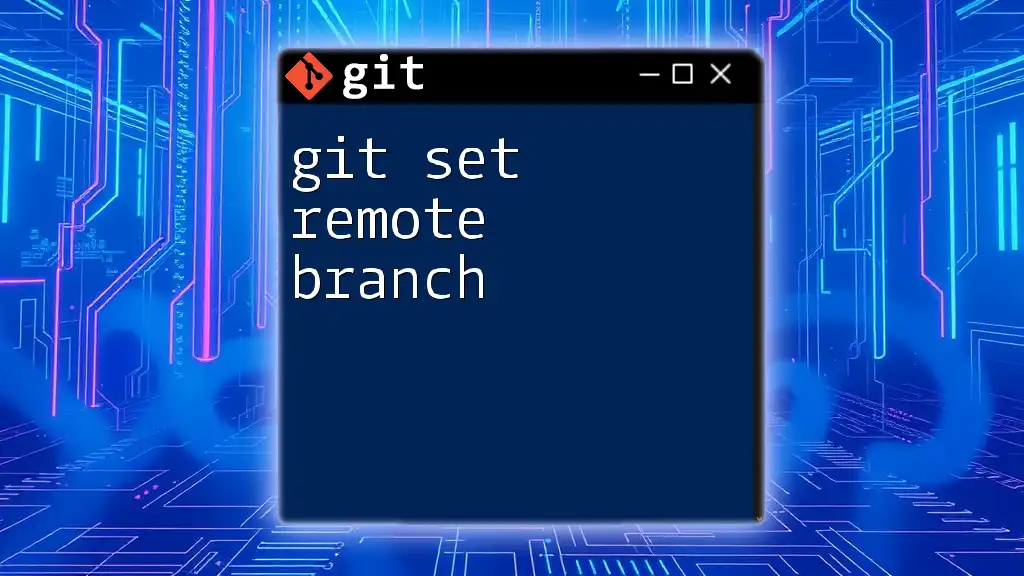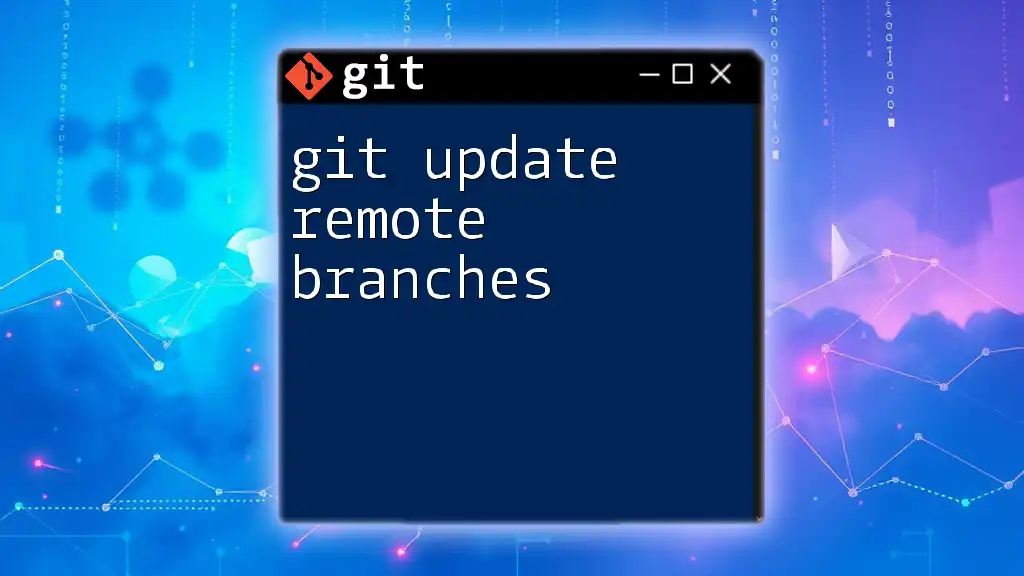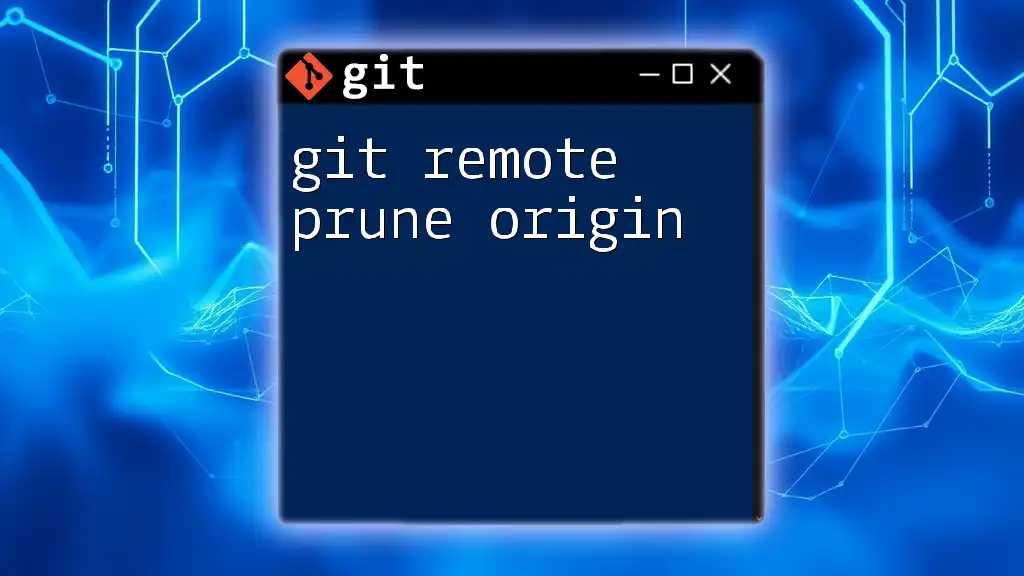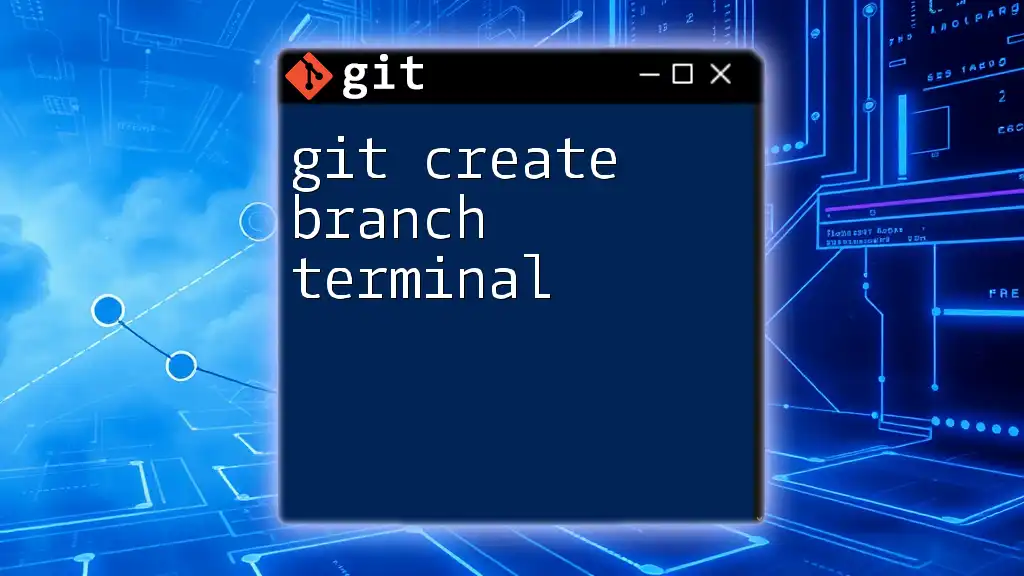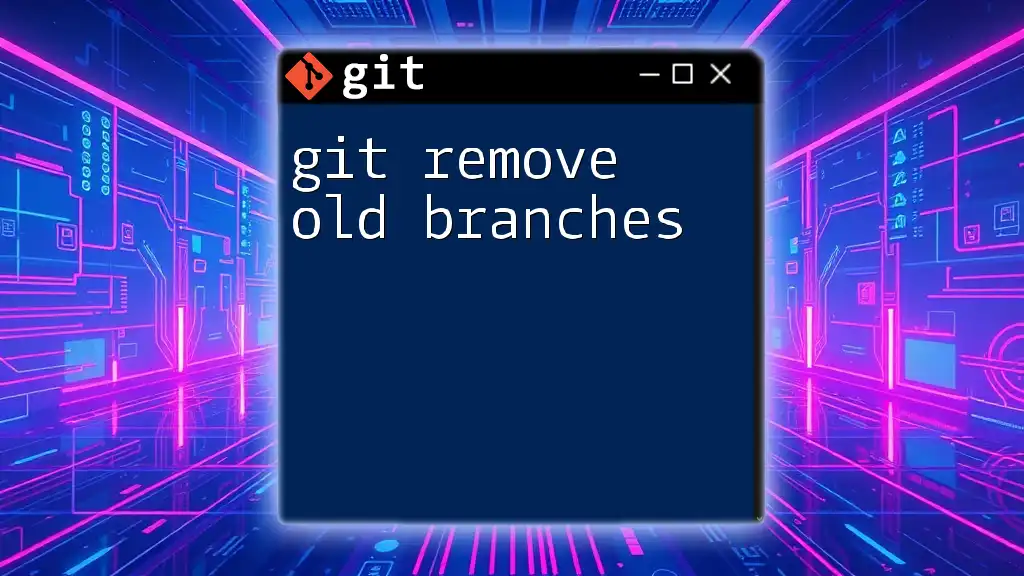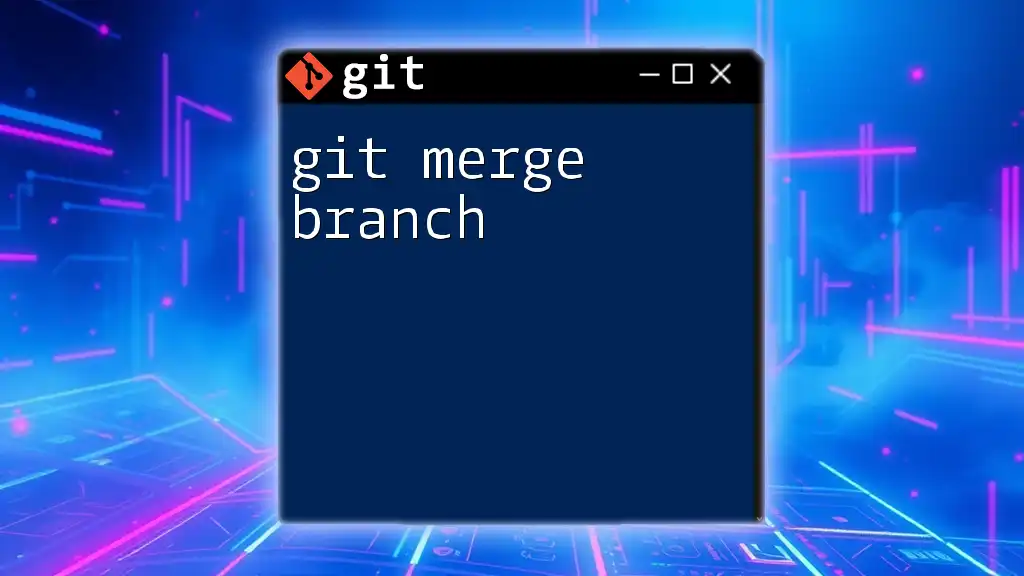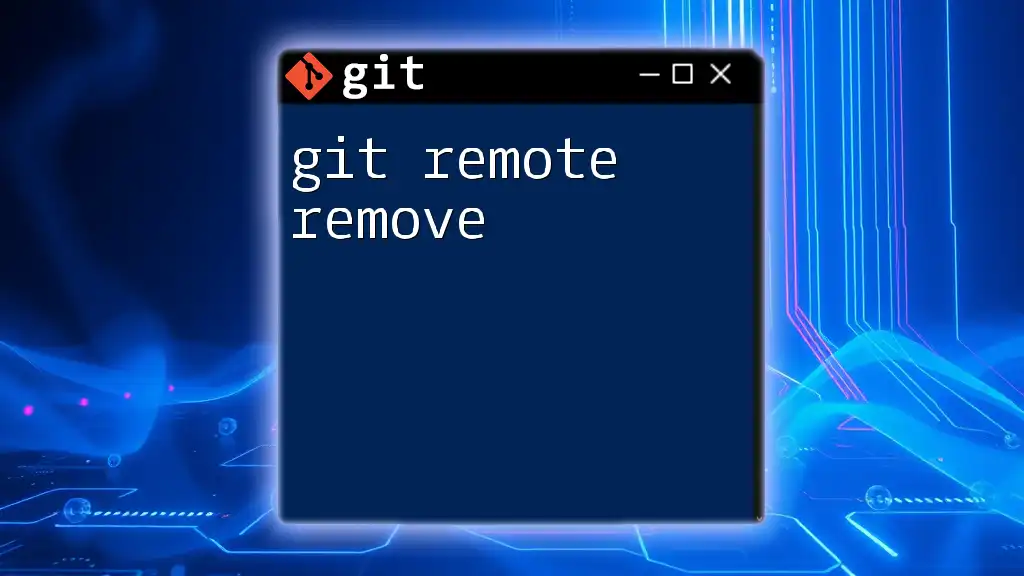Git remote branches are references to branches in a remote repository, allowing you to collaborate with others by tracking their changes while keeping your local repository organized.
Here's a simple command to list all remote branches:
git branch -r
Understanding Remote Branches in Git
What is a Git Remote?
A Git remote is a version of your repository hosted on the internet or another network. This serves as a centralized location where multiple collaborators can contribute to a project. Understanding the distinction between local and remote repositories is crucial. Your local repository is where you manage your changes and commits, while the remote repository allows for shared collaboration among team members.
What Are Remote Branches?
Remote branches are pointers to the state of branches in your remote repositories. They allow you to see what others are doing and to contribute your own work, which can subsequently be synchronized with the remote. Essentially, remote branches keep track of the commits that have been made in these repositories, allowing you to work seamlessly with a team.
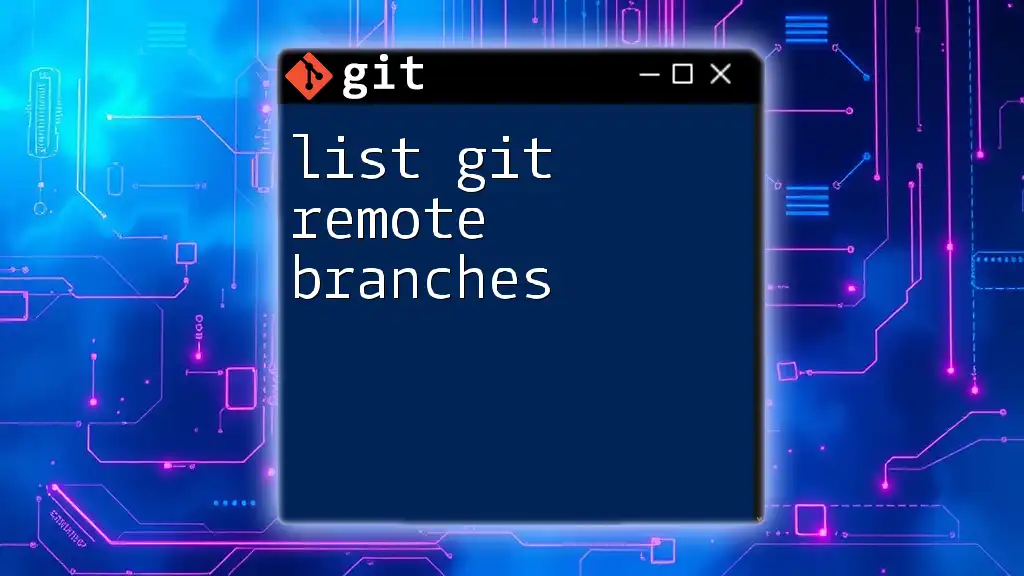
Setting Up a Remote Repository
Creating a Remote Repository
To begin working with remote branches, you must first create a remote repository. This can be done on platforms such as GitHub or GitLab. For example, creating a repo on GitHub involves navigating to the GitHub website, clicking on "New Repository," entering a name, and clicking "Create Repository."
Connecting Local Repositories to Remote
After creating a remote repository, you need to connect your local repository to it. This is accomplished with the command:
git remote add <remote-name> <remote-url>
For instance, if your remote repository on GitHub is at `https://github.com/username/repository.git`, you would run:
git remote add origin https://github.com/username/repository.git
The term origin is the conventional name for your primary remote repository, but you can choose any name that suits your project.

Working with Remote Branches
Listing Remote Branches
To see all remote branches associated with your repository, use the command:
git branch -r
This command lists all remote tracking branches, allowing you to identify which branches exist in your remote repository.
Fetching Remote Branch Changes
When you want to update your local repository with the latest changes from your remote repository but don’t want to merge immediately, you can use:
git fetch origin
This command syncs your local copy of the remote repository without affecting your local work. Fetching will update your remote tracking branches, giving you the latest commits.
Checking Out a Remote Branch
If you wish to begin working with a particular branch from the remote repository, you can check out the branch locally using:
git checkout -b <branch-name> <remote-name>/<branch-name>
For example, to create a local branch named `feature-branch` that tracks the remote branch on origin, you would run:
git checkout -b feature-branch origin/feature-branch
This action creates a new local branch that is set to track the corresponding remote branch, allowing you to work on features or fixes without interfering with others.
Synchronizing Local and Remote Branches
To synchronize your local branch with the remote, you can utilize the `git pull` command. This command fetches changes and attempts to merge them into your current branch:
git pull origin main
Using `git pull` will often simplify your workflow, but understand that it combines two steps: fetching and merging.
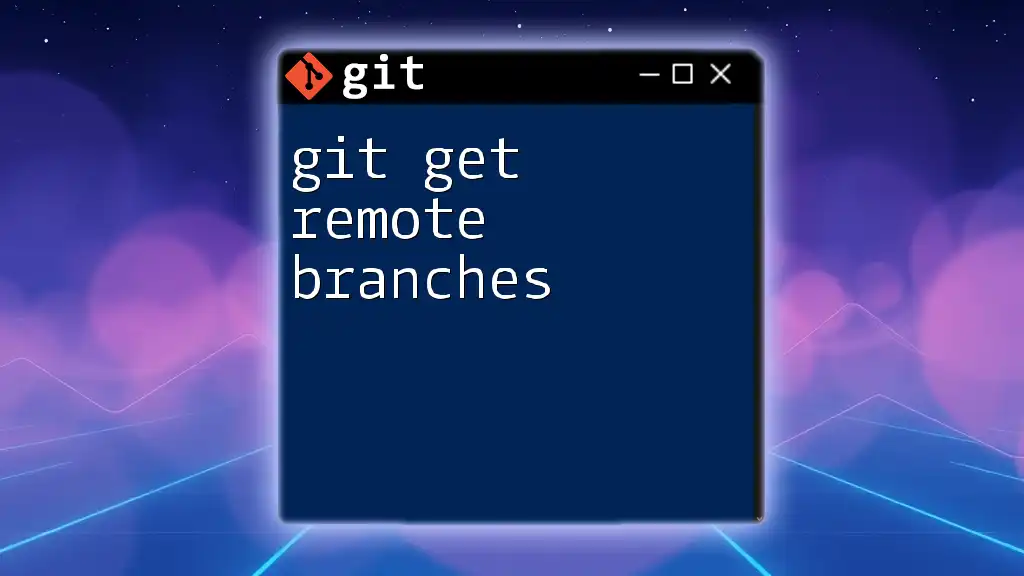
Managing Remote Branches
Deleting a Remote Branch
If a feature branch is no longer needed, you can delete it from the remote repository using:
git push <remote-name> --delete <branch-name>
For instance, to delete a remote branch called `feature-branch`, you would execute:
git push origin --delete feature-branch
It’s essential to ensure that the branch is no longer needed before deleting it to maintain a clean repository.
Renaming Remote Branches
Renaming a remote branch requires a two-step process. First, you will delete the old reference and then push the new branch. Run:
git push origin :old-branch-name
git push origin new-branch-name
This method removes the old branch from the remote and adds the new one. Renaming branches should be handled with care, as it may affect other collaborators.
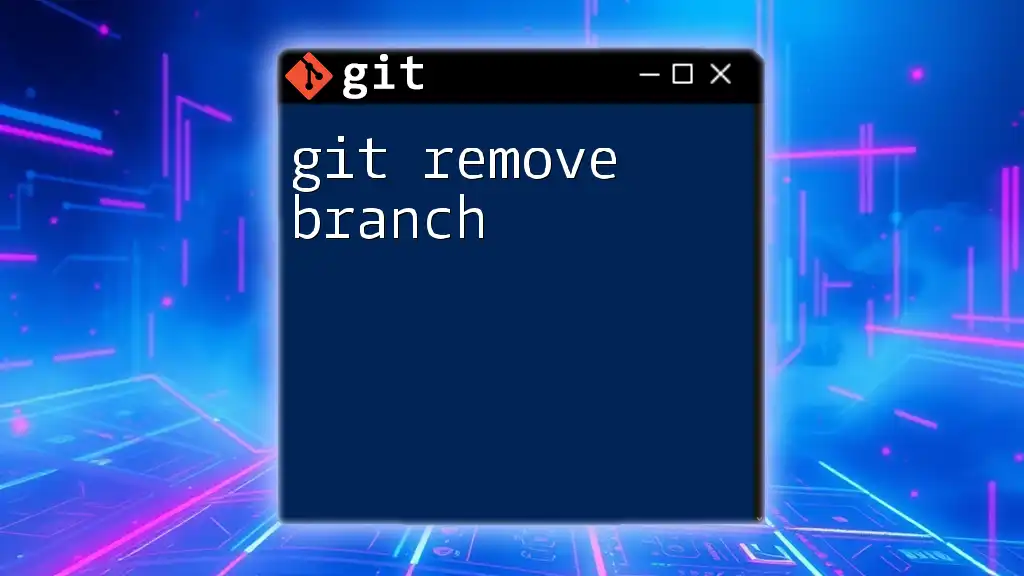
Collaborating with Remote Branches
Using Pull Requests
A pull request is a method for contributing changes to a project, allowing other developers to review your work before merging it into the main codebase. After pushing your branch to the remote, platforms like GitHub facilitate submitting a pull request where teammates can comment, suggest changes, or approve your modifications.
Keeping Track of Remote Branches
To keep an organized view of your remote branches, you can execute:
git branch -vv
This command displays a list of local branches with their associated remote branches, making it easy to track progress.

Best Practices for Working with Remote Branches
Naming Conventions for Remote Branches
Using clear and descriptive names for your remote branches is essential. For example, a feature branch could be named `feature/add-login-functionality` instead of something vague like `feature1`. Clear names allow all team members to understand the purpose of each branch at a glance, fostering better collaboration.
Regularly Synchronizing with Remote
Staying updated with changes in the remote branches is vital, especially in collaborative projects. Regularly executing `git fetch` and `git pull` ensures you are not working on an outdated version of the codebase. Consider making synchronization a part of your daily routine.
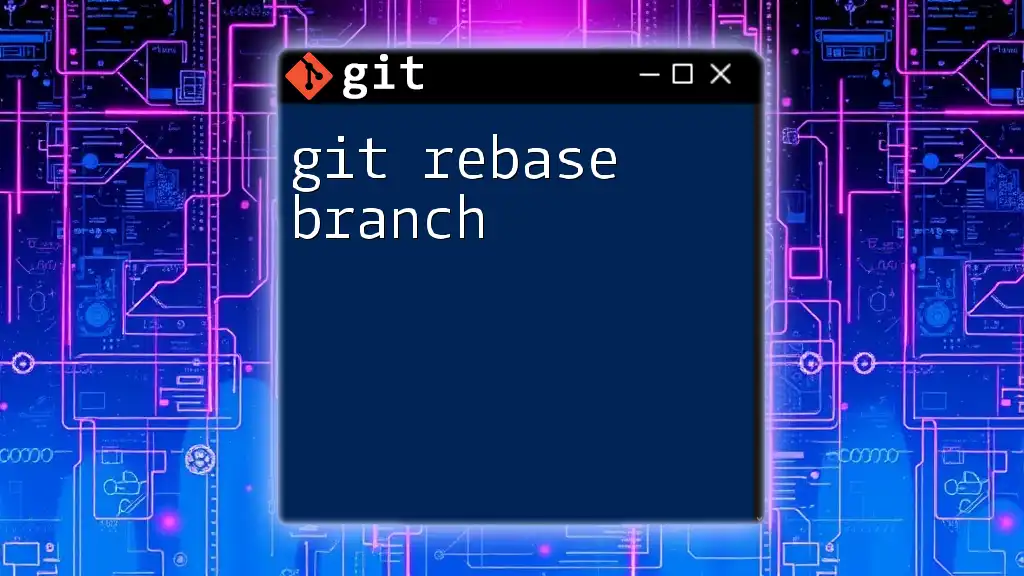
Troubleshooting Common Issues
Resolving Merge Conflicts
Merge conflicts arise when two branches have changes that cannot be automatically merged. When you pull changes from a remote branch, Git will prompt you to resolve these conflicts. The standard process involves editing the conflicted files, resolving the discrepancies, and then staging the changes with `git add`. Finally, complete the merge with:
git commit
Handling Remote Branch Errors
Common errors, such as `fatal: '...' does not appear to be a git repository`, indicate issues with your remote URL or connections. Double-checking the remote configuration with:
git remote -v
can clarify your repository's current state, allowing you to make necessary adjustments.
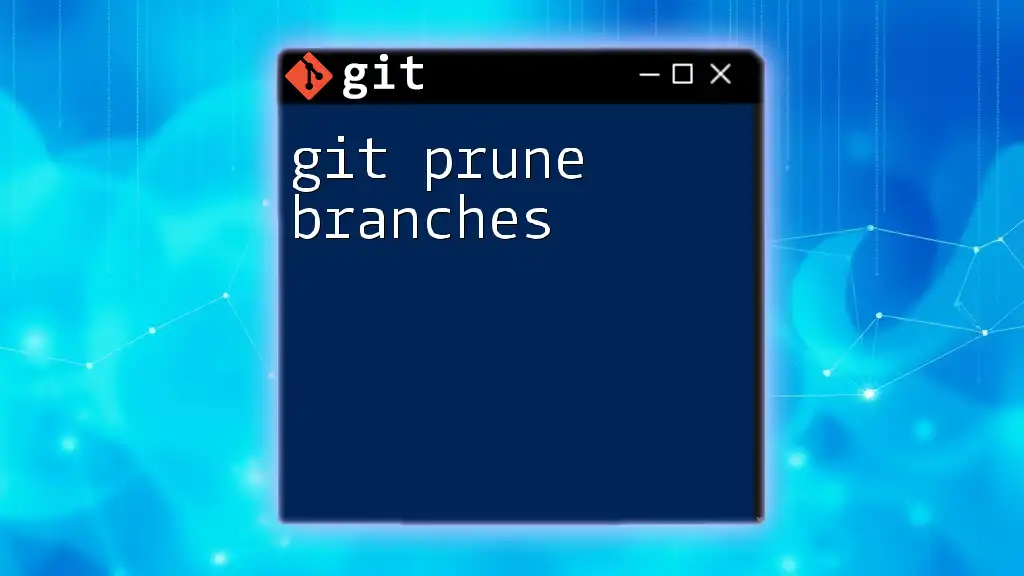
Conclusion
Understanding and effectively managing git remote branches is a cornerstone of successful collaboration in software development. The concepts, commands, and best practices outlined above will equip you to work seamlessly with remote repositories, fostering a more efficient and organized development process.
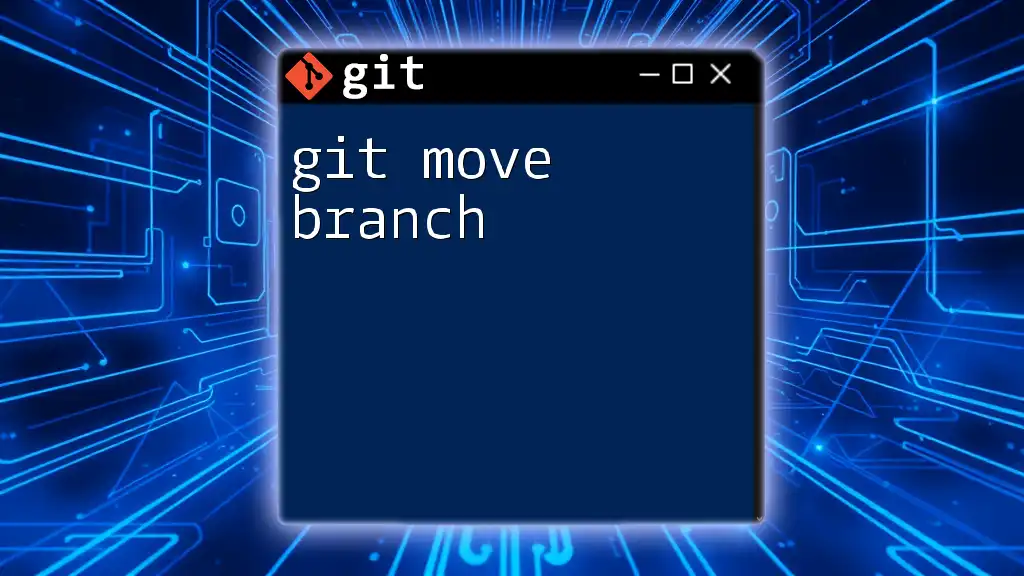
Additional Resources
Links to Documentation and Tutorials
For further reading and in-depth tutorials, consider referencing the [official Git documentation](https://git-scm.com/doc) or exploring popular platforms for Git learning. These resources can enhance your understanding and skills effectively.







